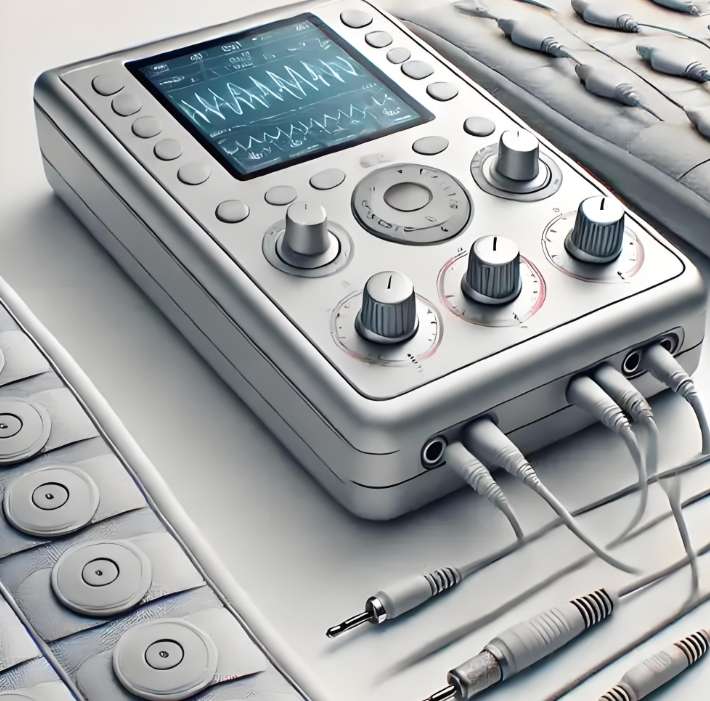
In the world of precision medical devices,the long-term reliability and safety of a successfully implanted joint,a micro-needle that ensures precise drug delivery,or a complex set of surgical instruments often lie beneath the surface,invisible to the naked eye.The precision base obtained through CNC and turning/milling of precision metal parts is merely the starting point.The appropriate surface treatment process determines whether these critical components can serve stably in a demanding biological environment,directly affecting patient health and treatment outcomes.Faced with numerous technical options,how can medical device manufacturers make precise decisions?The key lies in a deep understanding of the unique needs of the industry.
The Demanding Requirements of Medical Devices:Function Over Form
Unlike ordinary industrial parts,surface treatment in this field carries multiple critical missions
• Non-negotiable Biocompatibility:The materials and substances released after surface modification must be absolutely safe for the human body,meeting strict standards such as ISO 10993.
• Resistance to Biological Environment Erosion:The surface must provide exceptional corrosion resistance to prevent the release of metal ions that could cause toxicity or failure(e.g.,corrosion from blood and tissue fluid).
• Specific Functional Needs:Implants may need to promote bone integration(hip joints),reduce friction and wear(joint heads),enhance lubricity(catheters),or provide specific electrical properties(pacemaker electrodes).
• Long-term Reliability and Sterility Assurance:The surface must withstand long-term physiological loads and micro-motion wear,be easy to thoroughly clean and sterilize,and minimize microbial adhesion and proliferation.
• Maintaining Precision Dimensions:For implants or instruments with extremely tight tolerances,the surface treatment layer must be extremely thin and uniform,without significantly altering the precision dimensions obtained through CNC machining.
Mainstream Processes:Value and Limitations
There is no one-size-fits-all solution;the key is to match the needs:
Electropolishing:
• Function:Removes microscopic protrusions through electrochemical dissolution,significantly reducing surface roughness and eliminating stress layers and micro-burrs from machined metal parts.
• Medical Value:Ultra-smooth surfaces reduce bacterial adhesion,enhance corrosion resistance,and improve cleaning and sterilization effectiveness.Widely used for stainless steel surgical instruments,endoscope components,and pre-treatment of implant substrates.
• Considerations:May be limited in complex geometries(deep holes,narrow gaps);requires precise control to prevent dimensional changes.
Passivation:
• Function:Chemically removes free iron particles from the surface of stainless steel and promotes the formation of a chromium-rich oxide protective film.
• Medical Value:Activates the inherent corrosion resistance of stainless steel(e.g.,316LVM),preventing pitting and crevice corrosion.It is a routine and critical step to meet biocompatibility standards.
• Considerations:Enhances inherent properties only(no hardening or lubrication);requires extremely high cleanliness before treatment;must follow standards like ASTM A967.
Physical Vapor Deposition(PVD):
• Representative Coatings:Titanium nitride(TiN),chromium nitride(CrN),diamond-like carbon(DLC).
• Function:Deposits an ultra-thin(micron-level),firmly bonded functional layer in a vacuum environment.
Medical Value:
• TiN/CrN:Provides extremely high hardness and wear resistance,significantly extending the lifespan of surgical instruments,orthopedic tools,and joint bearings,while reducing friction(gold/yellow or silver/grey for easy identification).
• DLC:Combines ultra-high hardness,extremely low friction,excellent biocompatibility,and chemical inertness.Used on cardiovascular stents to reduce thrombosis risk or on artificial joints to minimize wear debris.
• Considerations:Higher cost;uniform coverage on complex geometries is challenging(requires specialized fixtures);requires extremely clean pre-treatment surfaces(often completed in non-standard automated cleaning lines).
Thermal Spraying(Hydroxyapatite-HA):
• Function:Melts and sprays bioactive HA powder to deposit it on the surface of titanium alloy implants(e.g.,hip joint acetabular cups).
• Medical Value:Provides a bioactive surface similar to human bone,strongly inducing bone tissue ingrowth into the coating for biological fixation.
• Considerations:Porosity and bonding strength of the coating must be precisely controlled;mainly used for specific load-bearing implants.
Precise Decision-Making:A Path Starting from Needs
Avoid getting lost in technical jargon and make rational choices:
• Define Core Needs:What is the part's purpose(implant/instrument/in vitro diagnostic)?What is the most critical performance(corrosion resistance?wear resistance?bone integration?antibacterial?lubrication?)?What are the most likely failure modes(corrosion?wear?loosening?infection?)?
• Review Current Status:What is the base material(stainless steel/titanium alloy/cobalt-chromium alloy)?What is the surface condition after CNC machining?What is the geometric complexity?Is it for high consistency requirements in a non-standard automated production line?
• Compliance First:What are the mandatory requirements for specific devices in the target market(e.g.,FDA,CE MDR)?What biocompatibility tests are needed?
• Evaluate Process Feasibility:Can the target process meet performance requirements?(Check cases,data)Is the geometry suitable for the process characteristics?Are cost and cycle time acceptable?Will it affect subsequent processes(assembly,sterilization)?
• Verification and Iteration:Conduct small-batch pilot treatments,perform key tests(accelerated corrosion,wear resistance,bonding strength,biocompatibility)and dimensional verification,and adjust accordingly.
Synergistic Optimization of Non-Standard Automation and Manufacturing
For high-volume,high-precision metal precision parts,surface treatment is often integrated into non-standard automated production lines:
• Design Collaboration:Consider surface treatment needs in the early stages of part design(e.g.,avoid sharp internal corners).
• Seamless Integration:The quality of cleaning/drying after CNC machining is crucial and must be perfectly integrated into the automated process.
• Precision Processing:Non-standard automated fixtures ensure precise positioning and protection of parts during treatment(especially for expensive processes like PVD).
• Full Process Control:The automated system records key parameters to ensure consistency and traceability.
Conclusion
Choosing the right surface treatment for medical devices is a delicate balance between biocompatibility,functional needs,regulatory barriers,and manufacturing feasibility.A deep understanding of the core capabilities and limitations of each process,combined with the specific mission of the device(load-bearing?promoting healing?anti-infection?extending lifespan?),and considering the CNC manufacturing foundation and non-standard automated production environment,is essential for making the most reliable choice.Precise surface treatment is the ultimate enhancement of precision machining of metal parts and a silent promise to protect patient health.